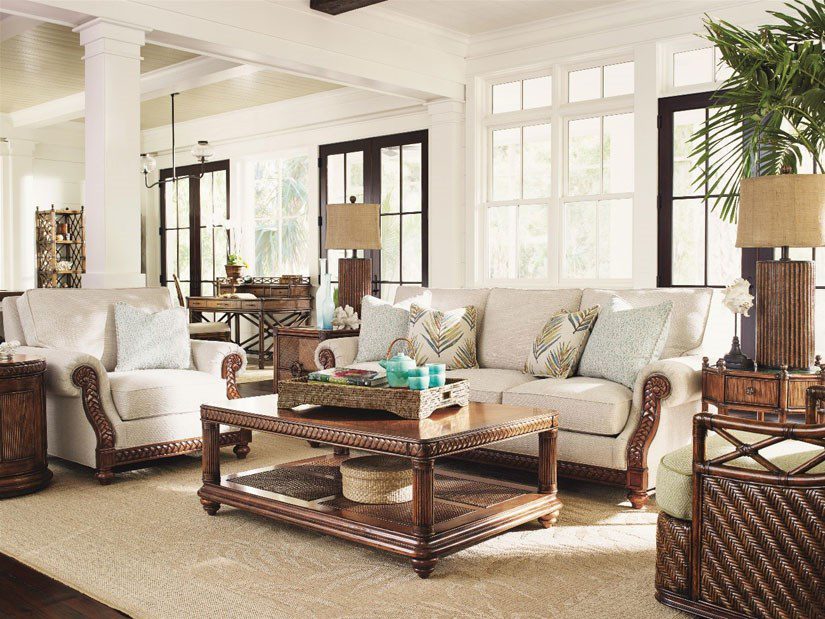
A Designer’s Guide to Decorating in Florida’s Humid Climate
When it comes to decorating in Florida, one of the biggest challenges homeowners face is the humid climate. The constant moisture in the air can affect everything—from fabric choices to furniture durability and even paint longevity. But with the right interior design strategies, your Florida home can remain stylish, functional, and climate-resilient.
As part of the ultimate-guide-best-interior-designers, this blog reveals expert-approved tips that ensure your interiors thrive in Florida’s tropical environment. Whether you’re redesigning a home in Miami or working with the best-home-interior-designer-in-Winter-Garden, these insights will help you make informed, climate-conscious choices.
1. Choose Moisture-Resistant Materials
Humidity can wreak havoc on traditional wood and untreated metals. When decorating in Florida, opt for materials like:
- Teak, bamboo, or engineered wood for furniture
- Stainless steel or powder-coated aluminum for fixtures
- Performance fabrics like Sunbrella that resist mold and mildew
These materials stand up to Florida’s climate while maintaining a high-end aesthetic.
2. Prioritize Ventilation in Design
An overlooked part of interior design in humid climates is airflow. Work with your designer to:
- Maximize natural ventilation with open floor plans
- Incorporate ceiling fans into your style choices
- Use louvered shutters or large windows to circulate fresh air
As one of the best-home-interior-designer-in-Winter-Garden teams, we at Stones Design know that design isn’t just about how it looks—it’s about how it lives.
3. Pick Climate-Conscious Color Palettes
Decorating in Florida means embracing light, airy, and refreshing tones that reflect the environment while also cooling your space visually:
- Think whites, sandy neutrals, ocean blues, and citrus accents
- Avoid overly dark shades that absorb heat and feel heavy in humid weather
These palettes not only reflect Florida’s outdoor beauty but also brighten interiors naturally.
4. Select Durable Flooring
Wood flooring may warp in humid conditions. A smart Florida home incorporates:
- Porcelain or ceramic tiles
- Luxury vinyl planks (LVP)
- Natural stone like travertine
These options offer the timeless elegance homeowners seek while providing resistance to moisture and heat.
5. Incorporate Indoor Greenery
Florida’s tropical climate is perfect for houseplants that thrive in humidity. Use plants like:
- Fiddle leaf figs
- Areca palms
- Peace lilies
They improve indoor air quality and add a lush, inviting feel to your space—just what any homeowner wants when following the ultimate-guide-best-interior-designers strategies.
6. Invest in Mold-Resistant Paint
Humidity can cause paint to peel, crack, or grow mold. Always choose:
- High-quality, mold-resistant paints for walls and ceilings
- Low-VOC formulas for a healthier home environment
Designers in Florida are well-versed in brands and finishes that can withstand the local climate without compromising beauty.
Final Thoughts
Designing a home in Florida’s humid climate doesn’t have to mean sacrificing style. With thoughtful material selections, smart layouts, and expert guidance, your home can be both beautiful and built to last. Whether you’re updating a single room or renovating your entire space, working with a professional can make all the difference.
At Stones Design, we are proud to be recognized among the ultimate-guide-best-interior-designers and the go-to choice for those seeking the best-home-interior-designer-in-Winter-Garden. We blend creative vision with climate-smart solutions to give you a home that feels as good as it looks—no matter the weather.
Ready to start decorating in Florida the right way?
Contact Stones Design today for a consultation and turn your dream interior into a reality—designed for beauty, built for Florida.

